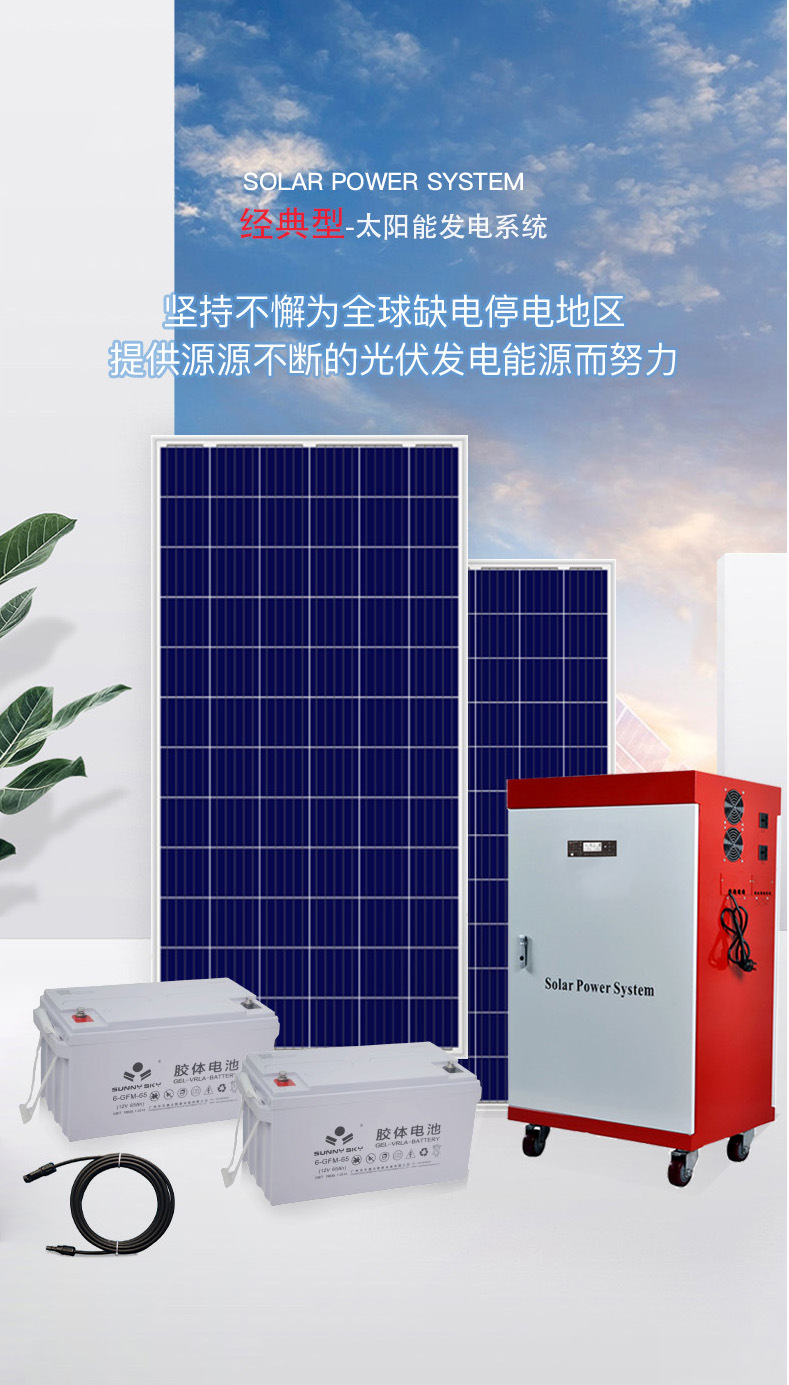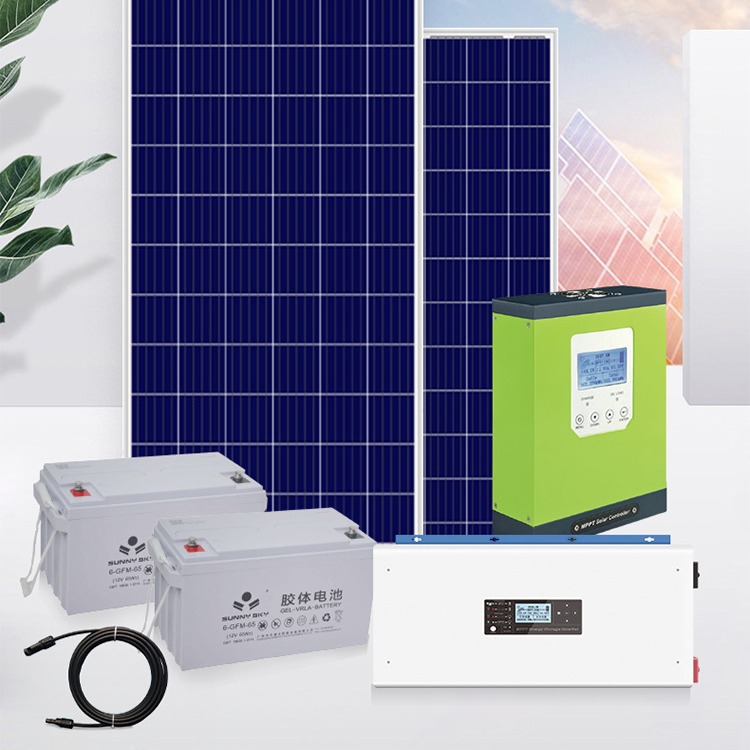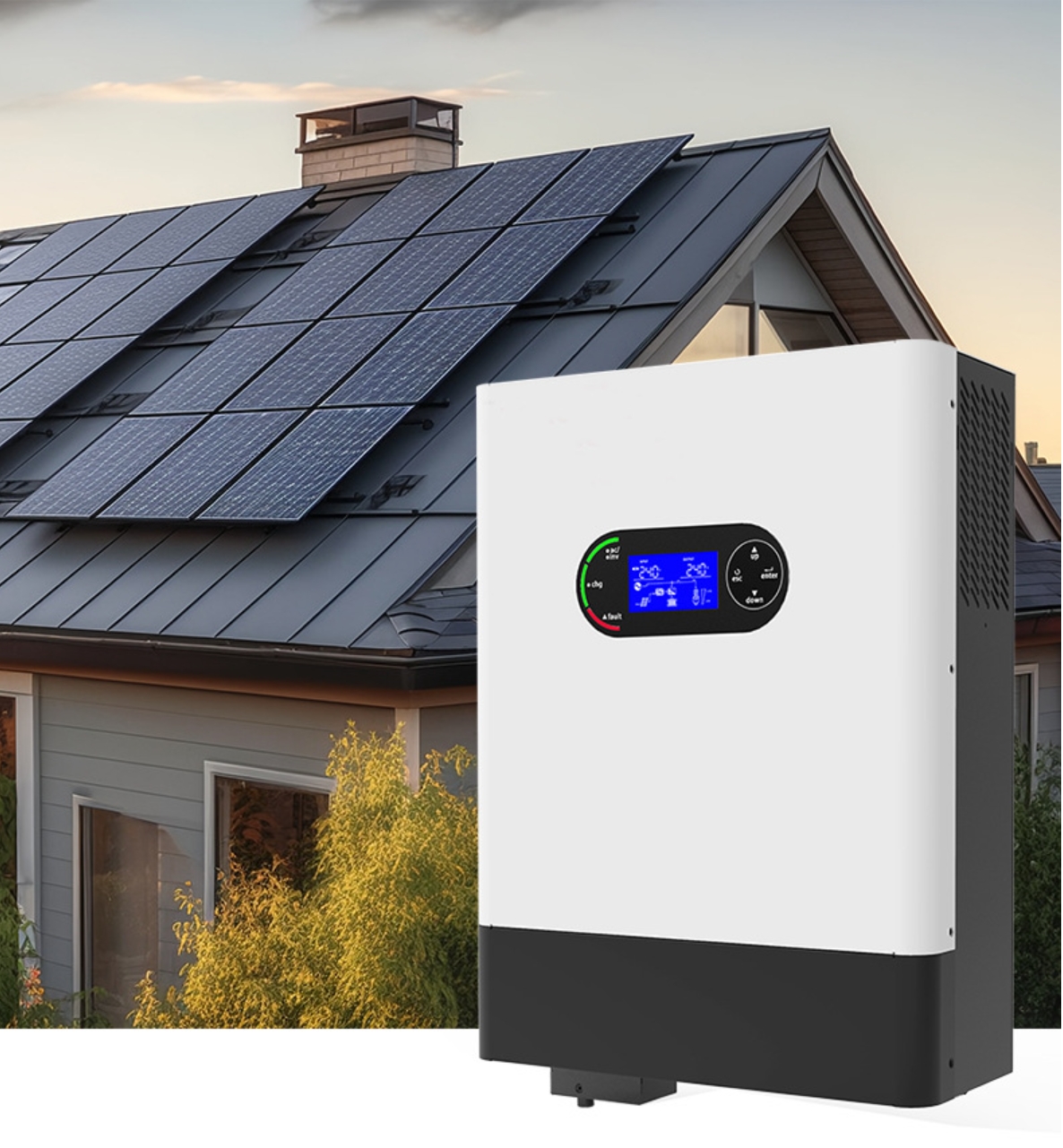What is a PWM solar controller?
PWM(Pulse Width Modulation) Solar ControllerIt is a charging regulation device that connects the solar panel to the battery by lowering the voltage of the solar panel to match the battery capacity. It is simple and reliable and has been widely used in small off-grid systems for decades.
Unlike MPPT controllers that actively track and adjust input voltages for optimal energy harvesting,The PWM controller maintains direct electrical connection between the solar panel and the battery. This means that when the battery voltage is lower than the solar panel output, the excess energy is not utilized, thus limiting the overall efficiency.
The situation where the PWM controller is still applicable
While MPPT has become the standard for most modern solar systems, PWM still has advantages in certain situations:
-
Below 400WLow power applications
-
Stable solar inputEnvironment (e.g. equatorial sunlight area)
-
12V or 24V system,The panel voltage changes very little
-
Budget sensitiveItems that accept performance trade-offs
-
LED lighting device, such as solar street lights and small signage
Didisolar recommends using PWM controllers in projects such as rural lighting, independent monitoring units or backup battery maintenance systems.
Key technical differences: PWM vs MPPT
1. Efficiency
PWM usually operates at 70–80% efficiency depending on sunshine conditions, while MPPT can be as high as 98%.
2. Compatibility
PWM controller requirementsThe voltage of the panel matches the nominal voltage of the battery, thus limiting flexibility.
3. Cost
PWM devices are usually larger than MPPT modelsCheap 30-50%, which makes them attractive for the deployment of low-margin infrastructure.
4. Lifespan and simplicityDue to the few internal components, the PWM controller is in harsh, remote and difficult to maintain
oftenMore durable.
Didisolar PWM controller series
While our core product line emphasizes MPPT technology for large systems, Didisolar continuesFor cost-sensitive or traditional deploymentsProvides a solid PWM model.
Functions include:
-
Rated current 10A~30A
-
Compatible with seal, gel and liquid-rich lead-acid batteries
-
Reverse polarity and short circuit protection
-
Automatically turn on/off load via dusk-dawn detection (for lighting projects)
-
Optional temperature compensation module
Our PWM controllers are especially suitablePreconfigured kit,For example:
-
100W–300W independent solar lighting system
-
12V security camera or IoT basic power supply
-
Backup battery floating charging device
Explore Didisolar's basic solar controller solutions
Final Suggestion: When to Choose PWM
If your project is:
-
Small size (under 300W)
-
Budget restricted
-
Use a 12V panel and a 12V battery
-
Prioritize long-term simplicity over maximum efficiency
... SoPWM controllers are a reliable, field tested solution.
For dynamic systems, grid interactions, or settings above 500W, we strongly recommend upgrading to MPPT for long-term gains.
in conclusion
In the era dominated by MPPT,PWM solar controllers still have a place in the right system architecture. They provide unparalleled value, simple mechanical structure and consistent reliability for specific applications.
Didisolar provides PWM and MPPT solutions, our technical team will recommend the right controller based on your site, budget and load.





